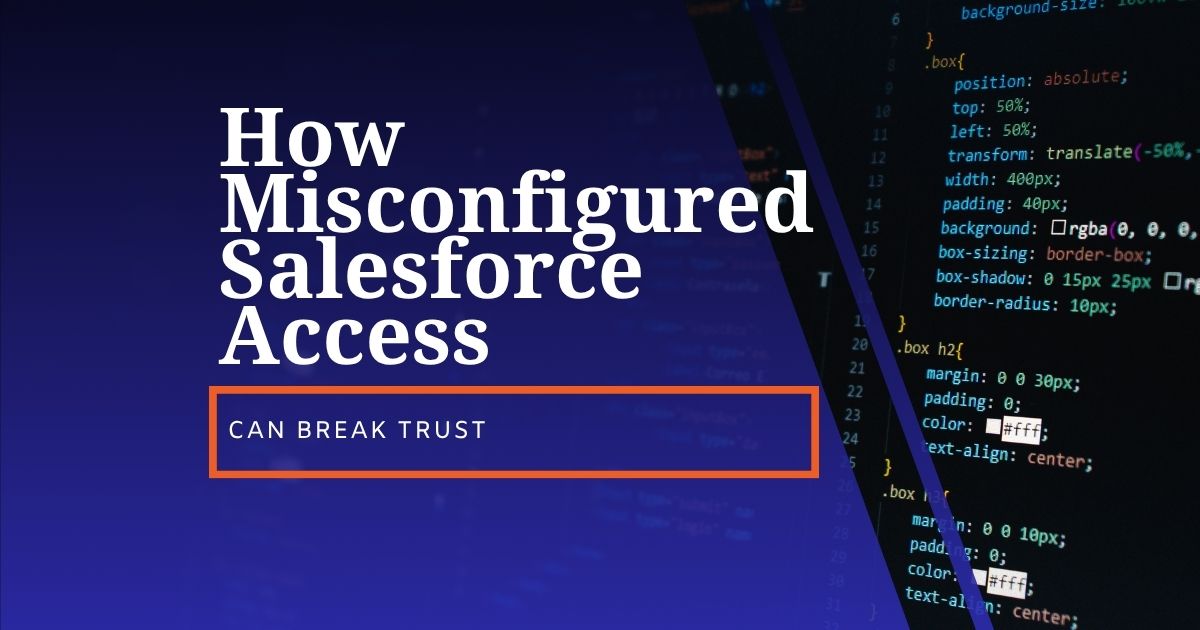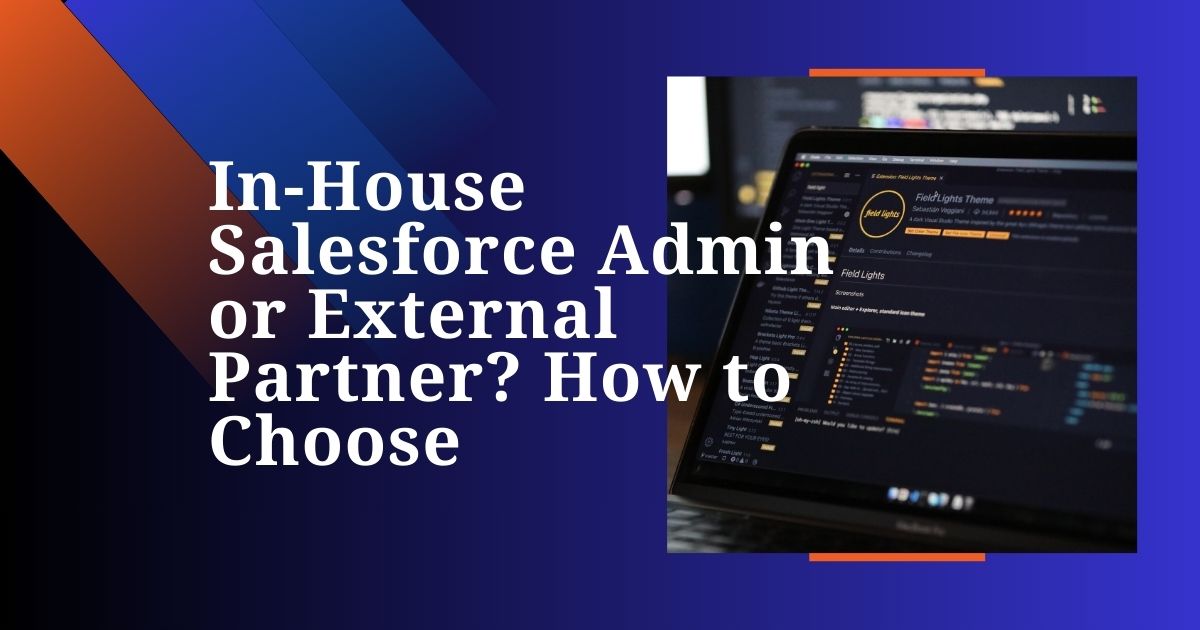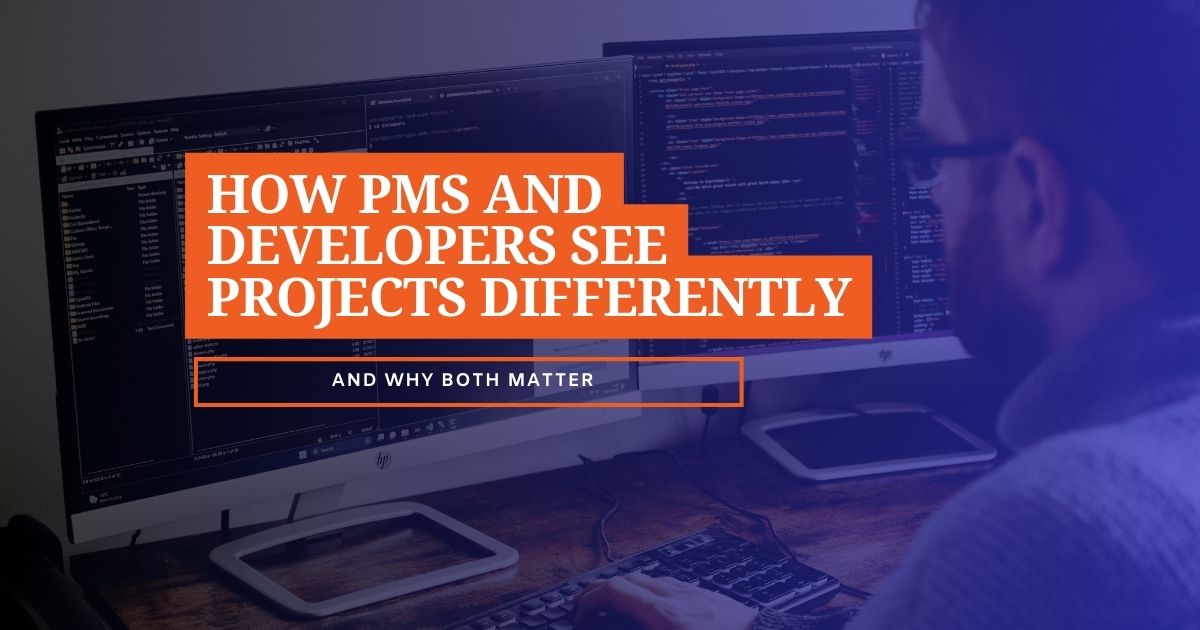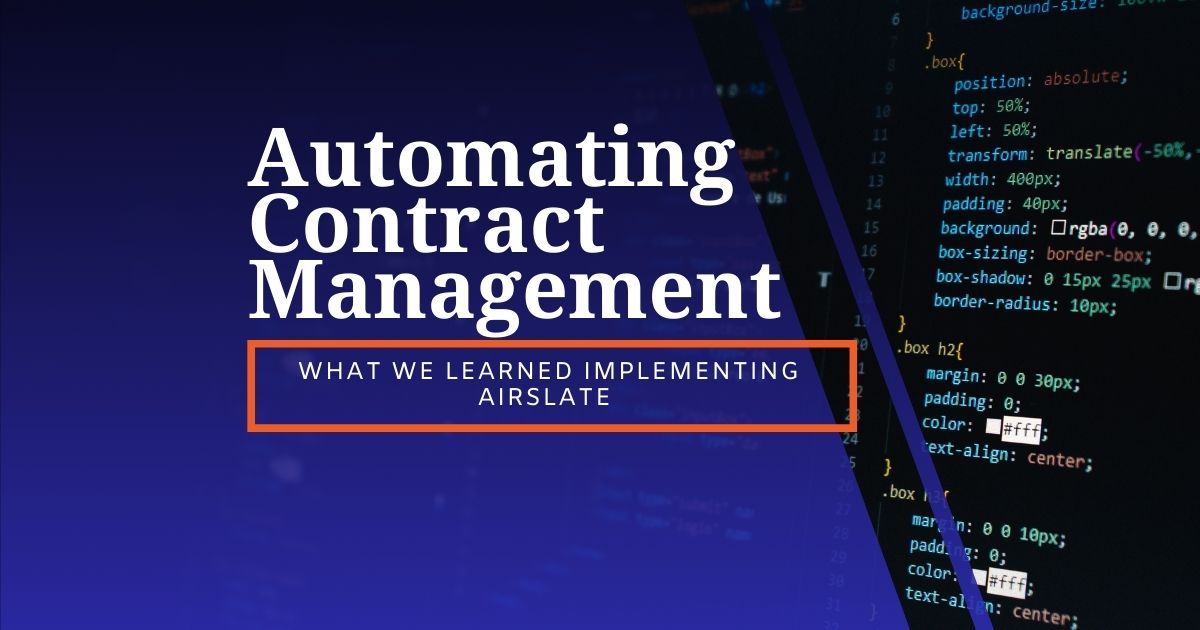How Misconfigured Salesforce Access Can Break Trust — And How Proper Setup Builds Confidence

Get Expert Salesforce, Traction Rec and Litify Support
Salesforce is a powerful tool for managing projects, teams, and client relationships. But if access is misconfigured, it can expose sensitive information to the wrong people. That doesn’t just cause internal problems it breaks confidence and damages trust. A well-configured Salesforce instance, on the other hand, makes employees and clients feel safe, protected, and respected.
The Risks of Misconfigured Access
When access isn’t configured correctly, the wrong people can see far more than they should. Here are a few real-life examples:
Overly broad roles or profiles
An employee was accidentally given access that let them view all employee records, including personal details, instead of just their own profile. Even if they didn’t misuse the information, the very fact that it was visible created discomfort once it was discovered.
Sharing rules gone wrong
A team manager was set up with permissions that allowed them to view the annual performance reviews of every employee in the company, not just their direct reports. This kind of overreach can create resentment internally and serious concerns if employees realize their private evaluations aren’t private at all.
Field-level security mistakes
In another case, employees could see the salary information of their colleagues because the salary field wasn’t properly restricted. Beyond the obvious HR and compliance problems, this kind of mistake instantly damages trust within the team and makes people feel exposed.
Best Practices for Secure and Confident Access
Proper configuration solves these problems and creates a sense of security across the organization.
Principle of least privilege
Each role should only have the access it absolutely needs. Employees should only see their own records, team managers should see just their team’s information, and executives should have broader oversight. When people log in and see only what’s relevant to them, they feel confident their own information is also being protected.
Clear role hierarchies
Access should match the organizational structure. Developers access only their tasks, project managers oversee their projects, and team managers see their team members’ records but no more. This kind of clarity prevents accidental oversharing and keeps data boundaries intact.
Consistent field-level security
Sensitive fields like salaries, annual review notes, or contract values should always be locked down to the right roles. If only HR and executives should see compensation data, then that rule needs to be applied consistently across the entire system.
Regular audits and reviews
Roles change, projects end, and people leave. Regular audits make sure no one keeps access they no longer need. For example, if a developer leaves the company but their account is still active with access to sensitive data, that’s a serious risk that can be easily prevented with scheduled reviews.
A Before vs. After Story
One of our clients, a growing tech company, struggled with exactly these issues. Their Salesforce setup gave team managers visibility into all employee reviews and salaries, not just their own team’s information. It only took one slip a manager making a casual comment about another department’s compensation for employees to realize their data wasn’t as private as they thought. Morale dropped, and so did trust.
We redesigned their access model to follow the principle of least privilege. Now, employees only see their own information, team managers can review just their direct reports, and only executives and HR have visibility into sensitive fields like salaries. After the change, employees noticed the difference immediately. Conversations became more open, managers gained credibility, and the company rebuilt the sense of safety that had been shaken.
Building Trust Through Configuration
Salesforce isn’t just about data it’s about trust. Misconfigured access makes people feel exposed, while careful configuration demonstrates respect, professionalism, and security.
In the end, security equals confidence. A well-configured Salesforce instance doesn’t just keep information safe it builds the foundation for trust, both inside your company and with your clients.
If any of this sounds familiar, get in touch we’ll help you secure your Salesforce instance.
Transform What’s Possible With
Salesforce
Traction Rec
Litify
Salesforce
Unlock the full potential of your platforms and make the impossible a reality with ECHO Technology Solutions.








